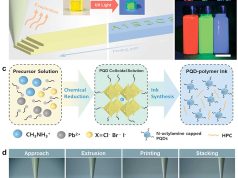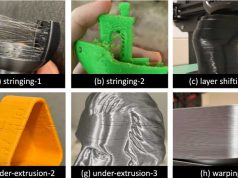Scientists at the Massachusetts Institute of Technology (MIT) are researching 3D printing of ceramic-reinforced metal alloys. These composites will be used as components in fusion power plants and withstand extreme temperatures.
As doctoral student Alexander O’Brien explains, the materials will reach up to 750 degrees Celsius in future fusion reactors. Metals such as nickel superalloys can still withstand high heat, but have problems with radiation exposure.
This is where ceramic nanoparticles come into play, which can be introduced into the metal matrix with pinpoint accuracy using 3D printing. Ceramics placed in the right areas reinforce the metals and absorb radiation damage.
Until now, such composites have been difficult to manufacture and limited in size. With 3D printing, the ceramic particles can now be targeted where they add mechanical strength.
According to O’Brien, metal powders are first mechanically coated with ceramics. The composite is then fused layer by layer at the desired locations by a laser. This creates a homogeneous structure with the ceramic where it improves the mechanical properties.
The process was tested with nickel superalloys, which remain stable even at high temperatures. The researchers hope that this will make components such as vacuum vessels for fusion reactors more resistant to heat and neutron radiation.
The results make the scientists optimistic. 3D printing opens up entirely new possibilities for the development of heat-resistant materials. As a result, series production of important components for fusion power plants is within reach.
Subscribe to our Newsletter
3DPresso is a weekly newsletter that links to the most exciting global stories from the 3D printing and additive manufacturing industry.























